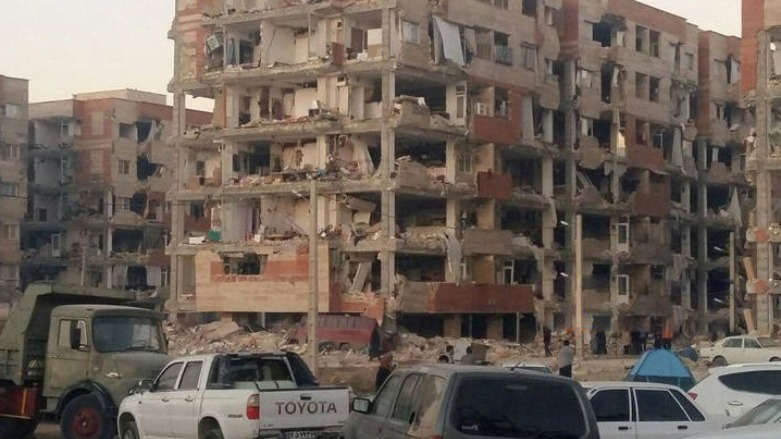Over 100 Kurds in Iran commit suicide in 6 months, many over poverty

ERBIL (Kurdistan 24) – In the past six months, over 100 Kurds have ended their lives, with some 40 percent of suicide cases related to unemployment and extreme poverty, a rights group reported this week.
Hengaw, a group that writes on human rights violations against Iranian Kurds (Rojhilatis), reports cases of suicide among the Kurdish minority and compiles them in a six-month report it releases in October and then a year-round report published in March.
“At least 106 Kurdish civilians have ended their lives in [Rojhilat], 56 of which were women and 50 men,” the group said.
There were multiple reports of voluntary overdoses and self-immolation. Social issues were one of the factors contributing to some cases.
Hengaw added that among the individuals were 29 males and 16 of females who committed suicide due to poverty and unemployment, adding up to 42 percent of all recorded cases.
Provinces that are mostly occupied by the countries’ minorities, among them the Kurds, have higher rates of unemployment, according to official numbers.
Locals have continually complained of decades of government negligence and racially biased policies discouraging infrastructure development and employment opportunities in Kurdish cities, leaving the region severely impoverished.
Unemployment rates in the country are observed to be nearly twice as high in Kurdish provinces, with a national average of 12.4 in the fiscal year March 2016-2017, Financial Tribune, an Iran-based English media outlet, reported in 2017.
Relying on official numbers from the Statistical Center of Iran, the paper said, “Kermanshah Province filed the highest unemployment rate of 22% among all Iranian provinces.”
The country has also had a continual drug-use epidemic, with the government unable to, and locals claiming ‘unwilling to,’ address the problem.
Iran is a stop along the major drug-trading route between Afghanistan and Europe.
This contributes to easier access and cheaper prices to locals, and in poorer cities, men and women alike turn to drugs seeing it as a solution to hopelessness and depression, with Iran’s Health Ministry Office of Psychological and Social Health stating that in 2017, over 23 percent of Iranians suffer from mental disorders, including depression and anxiety disorders.
The drug and unemployment crisis is happening on the backdrop of Tehran’s continued generous expenditures in interventionist military activities in Middle-Eastern countries and crippling sanctions.
In 2018, Iran’s already strained economy declined even further as the US pulled out from a landmark nuclear deal – which had freed the Gulf Country’s economic activities in the region – and the subsequent reinstitution of sanctions. Another set of sanctions are expected to come into effect in November, targeting the country’s oil and financial sector.
Editing by Nadia Riva
